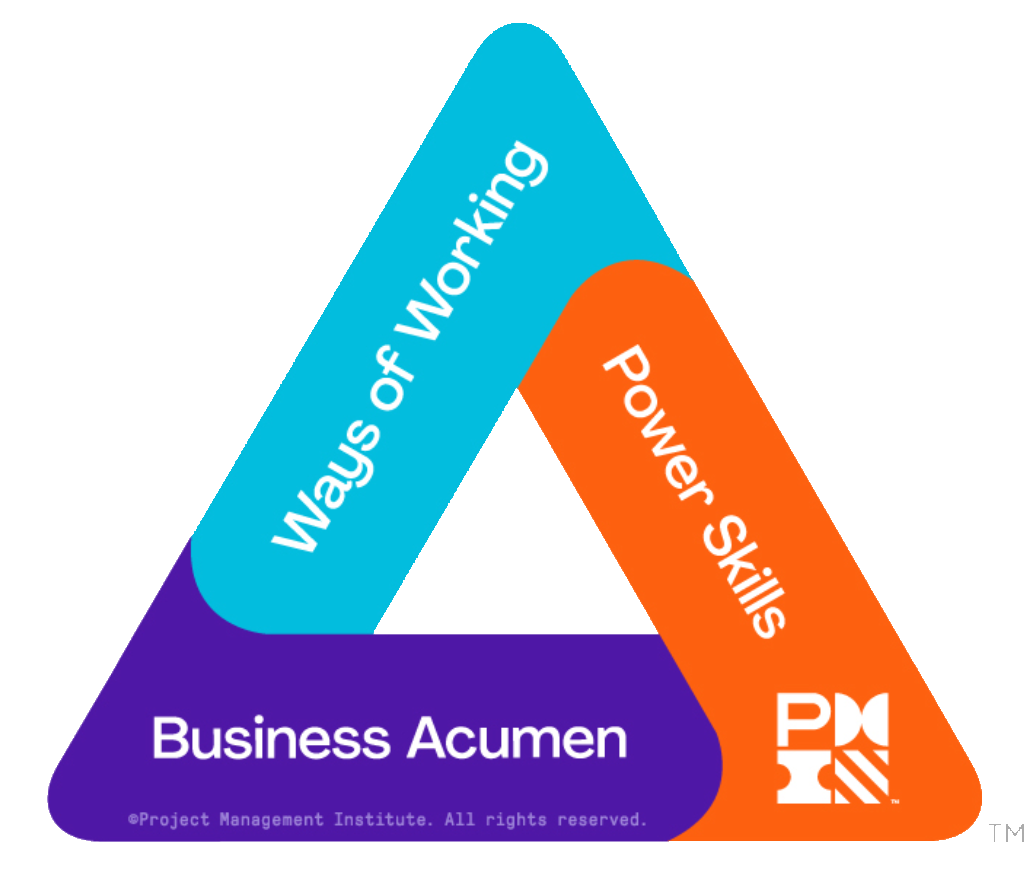
No matter the size or complexity, all projects in the built environment carry a certain amount of risk. So, effective risk management is key to their success. This course is one of four foundational courses required for the PMI Construction Professional (PMI-CP)™ certification. In collaboration with leading construction organizations, PMI developed the PMI-CP™ certification to equip professionals with skills to transform the global construction industry and manage large, complex projects.
The recommended courses in this series are:
At the end of this course, participants will be able to:
This course is designed for individuals intending to write the PMI Construction Professional (PMI-CP) exam. Eligibility to write this certification exam requires 3 years of construction experience within the most recent 10 years.
There is no prerequisite for this course.
Participants will gain access to digital course materials provided directly by PMI, including the aforementioned assessment.
Contract Lifecycle
Contracts constitute a legally binding agreement between parties for the delivery of an agreed scope of work. This topic covers the key stages of a Contract Lifecycle, its key activities, and best practices to be adopted across the process.
Contract and Delivery Method Strategies
There are multiple types of Built Environment projects, and each one requires a specific project delivery method and contract structure that will best suit them. This topic covers the different project delivery methods and contract structures and the importance of selecting them correctly in Built Environment projects.
Risk Classification and Prioritization in Built Environment Projects
The complexities involved in contract management generates risks that Owners should be vigilant of. Risk Management is a key part of ensuring the successful delivery of a Built Environment project. This topic covers the importance of the Risk Management process and how to classify risks in order to prioritize them correctly.
Risk Management Framework and Process
Delivery methods affect how risk is managed in Built Environment Projects. This topic covers the different models of Risk Management and how to choose the most optimal model for your Built Environment project to best meet its unique needs.
Risk Management Tools and Techniques
The Risk Management process has significant benefits by using the correct tools and techniques. This topic covers what are the main Risk Management tools in the Built Environment and how to use them to reduce the project overall risk and increase the chances of project success.
Common Causes of Claims
Project entities often seek to claim financial compensation for situations that lead to delays or other detrimental effects on a project. This topic covers the most common causes of claims and their types, and the differences between change orders and contractual claims. The topic also discusses how to identify areas that may result in claims, by using lessons learned from previous projects.
Methods to Prevent and Reduce Claims and Disputes
An effective Risk Management framework reduces claims upstream and prevents risks from escalating to disputes. This topic covers the importance of being proactive in preventing and reducing claims and disputes, and the methods and best practices that can be employed to prevent them.
Claims Pursuance and Dispute Resolution Process
While it is important to focus efforts on avoiding and mitigating claims upstream, claims are an inevitable occurrence in the Built Environment industry and must be processed in place for pursuing and resolving them. This topic covers the claims pursuance process, as well as the singularities of the several dispute resolution mechanisms available in the Built Environment.
Course ID: 1224
Course Level: Beginner
Duration: 1 day
![]()
![]()
 The following table provides the breakdown of the professional development units (PDUs) for this course aligned with the PMI Talent TriangleTM.
The following table provides the breakdown of the professional development units (PDUs) for this course aligned with the PMI Talent TriangleTM.
| WoW | PS | BA | |
| PMP | 4.5 | 4.75 | 4.75 |
| PgMP | 4.5 | 4.75 | 4.75 |
| PfMP | 0 | 4.75 | 4.75 |
| PMI-ACP | 3 | 4.75 | 4.75 |
| PMI-SP | 2 | 4.75 | 4.75 |
| PMI-RMP | 2 | 4.75 | 4.75 |
| PMI-PBA | 4.5 | 4.75 | 4.75 |
The three columns in the above table are Ways of Working, Power Skills & Business Acumen.
Other professional (re)certification credits are available, including: